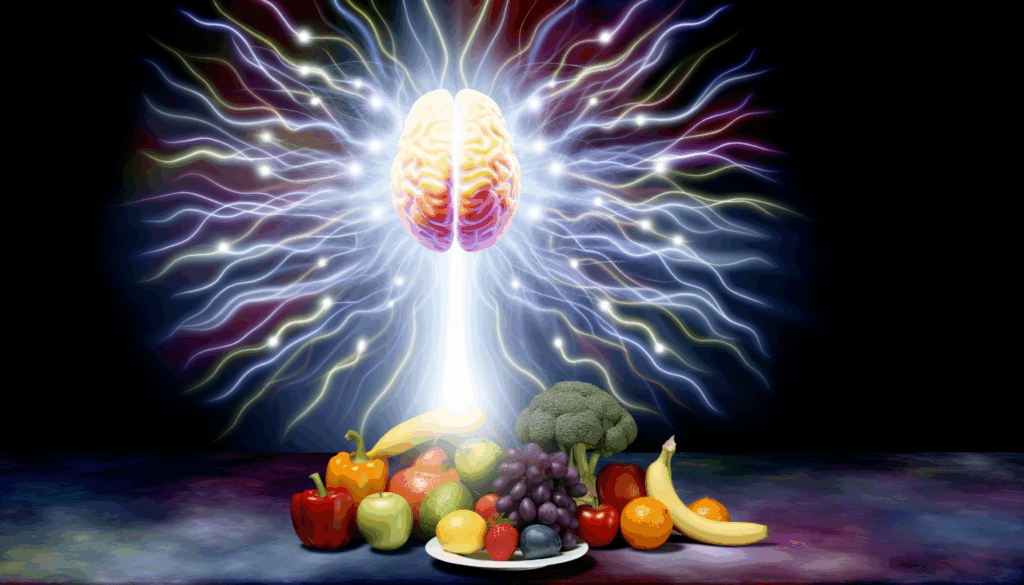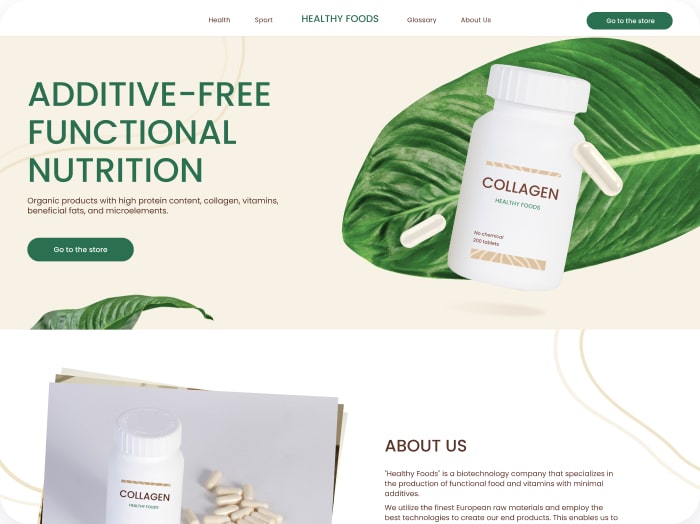In the pursuit of anti-aging solutions, the role of nutrition in cellular rejuvenation has gained significant attention. Among various dietary approaches, the timing of calorie intake has emerged as a factor that can influence cellular processes, including senescence, which is the age-related decline in cell division capacity. Understanding the impact of calorie timing on cellular senescence is crucial for developing effective nutrition strategies aimed at promoting longevity and healthspan.
Understanding Cellular Senescence
Cellular senescence is a state where cells cease to divide, often in response to DNA damage or other forms of cellular stress. Senescent cells can accumulate with age and are associated with various age-related diseases, including metabolic disorders and cancer. While senescence can serve as a protective mechanism by preventing damaged cells from proliferating, the persistence of senescent cells can disrupt tissue function and contribute to aging.
Role of Nutrition in Senescence
Dietary interventions have been explored for their potential to modulate senescence. One of the most studied dietary approaches is calorie restriction (CR), which involves reducing total calorie intake while maintaining adequate nutrition. Studies have shown that CR can significantly reduce markers of cellular senescence in humans and animal models. For instance, research using samples from the Comprehensive Assessment of Long-term Effects of Reducing Intake of Energy (CALERIE) study found that moderate calorie restriction decreased circulating biomarkers of senescence over two years, which was linked to improved metabolic health.
Calorie Timing and Its Effects on Senescence
While the overall restriction of calories has been linked to reduced senescence, the timing of calorie intake is another aspect that could influence cellular health. Concepts like time-restricted eating (TRE) or intermittent fasting involve consuming calories within specific time windows, which can affect metabolic rhythms and potentially reduce oxidative stress and inflammation—both factors associated with senescence.
Intermittent fasting has been explored for its anti-aging effects, with some studies suggesting that it can promote autophagy, a process where cells recycle damaged components. This could theoretically reduce the accumulation of senescent cells by improving cellular housekeeping. However, the direct impact of calorie timing on senescence remains less understood compared to the effects of overall calorie restriction. Utilizing tools like the Calorie Calculator Cloud can help in planning dietary regimens that account for both calorie intake and timing.
Examples and Case Studies
For instance, a study on mice showed that short-term dietary restriction reduced senescent cells in the liver and small intestine, improving telomere maintenance without increasing telomerase activity. Such findings indicate that dietary interventions can have broad anti-aging effects.
Nutritional Strategies for Anti-Aging
Given the potential of nutrition to influence cellular aging, several strategies are being developed to combat senescence through dietary means:
- Calorie Restriction (CR): CR has been extensively studied and is known to reduce senescent cell accumulation in various tissues. For humans, a moderate CR regimen, such as that used in the CALERIE trial, can be effective but requires careful nutritional planning to avoid deficiencies.
- Intermittent Fasting (IF): IF involves alternating periods of eating and fasting, which can induce metabolic changes beneficial for reducing senescence. Platforms like Healthline provide detailed guides on various IF methods.
- Nutrigenomics: This field studies how diet interacts with genes, potentially leading to personalized nutrition plans that can mitigate senescence by addressing individual genetic vulnerabilities.
- Supplementation: Certain supplements, such as Nordic Naturals omega-3s, and antioxidants like Pure Encapsulations Vitamin C, may support cellular health and potentially reduce senescence, though evidence is mixed.
Tools and Resources for Planning
To implement these dietary strategies effectively, several tools and resources are available:
- Meal Planning Apps: Apps like MyFitnessPal can help track calorie intake and plan meals according to dietary goals.
- Nutrition Consulting: Services such as Nutrition.com offer personalized nutrition advice tailored to specific health objectives.
- Calorie Calculators: Tools like the Calorie Calculator Plans available at Calorie Calculator Cloud provide detailed insights into caloric needs and can support dietary planning for optimal health.
Conclusion
While calorie timing may not yet be fully understood in its impact on cellular senescence, overall dietary approaches like calorie restriction and intermittent fasting hold promise for anti-aging. By combining these strategies with advanced nutritional planning tools, individuals can take proactive steps toward enhancing their healthspan and mitigating age-related conditions. For those interested in optimizing their diet for longevity, exploring options like the Calorie Calculator Cloud can be a valuable starting point. Additionally, staying updated on the latest research from institutes like the Lamming Lab can provide further insights into the interplay between nutrition and cellular aging.








